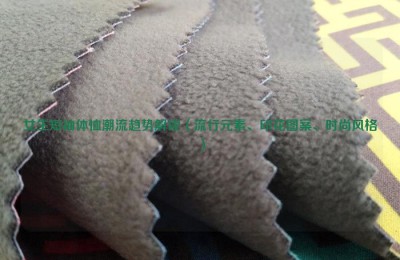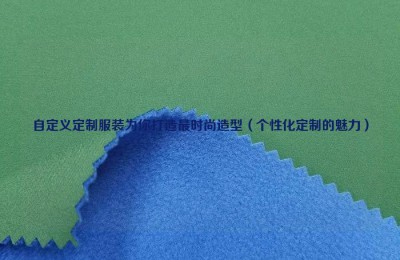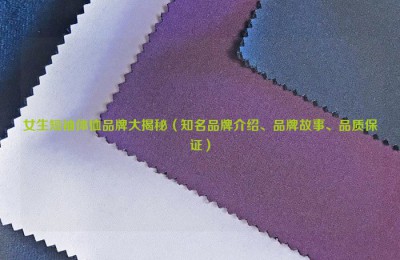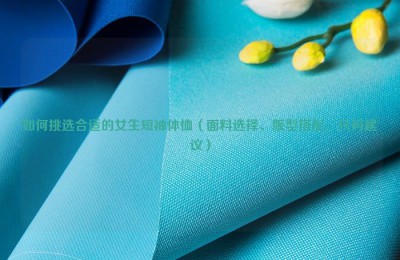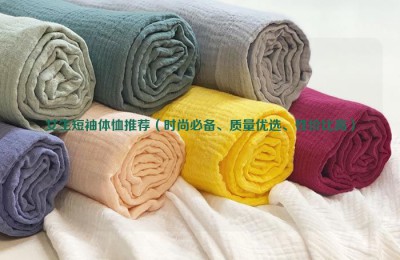Waterproof materialsQuality and pricing and some work guidelines
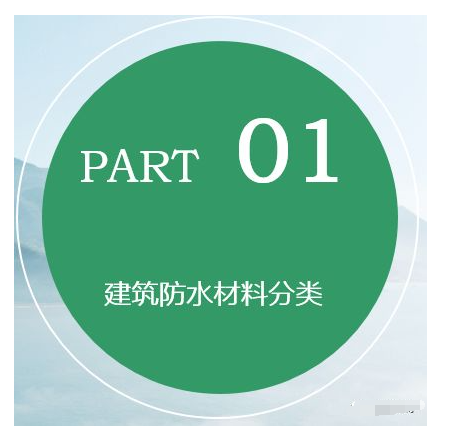
China’s construction waterproofing materials are usually divided into five categories:
Waterproof membrane
Waterproof coating
Sealing material
Rigid waterproof material
Leak-stopping material

1. Waterproof membrane
Waterproof membrane is a sheet waterproof material with a certain thickness produced by the factory. Because it is quite flexible, it can be curled and shipped into a roll of a certain length, so it is called a roll. material.
Scope of application: Waterproof membrane is generally used for basement foundation waterproofing and roof waterproofing.
Performance characteristics: excellent aging resistance, puncture resistance, and corrosion resistance. It can be directly exposed to ultraviolet radiation, has good high and low temperature resistance, and is widely used for roof waterproofing. It can also withstand various acid and alkali corrosion, and has excellent tensile and earthquake resistance, so it is widely used for basement foundation waterproofing.
In addition, due to its strong tear and tensile resistance, various types of roofs are generally preferred.
2. The classification of waterproof membranes is as follows
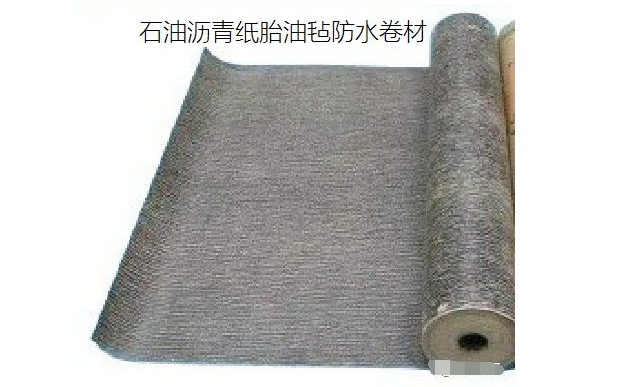
2.1 Asphalt waterproofing membrane
Use fiberglass cloth, polyester cloth, etc. as the base, asphalt (or asphalt modified by non-polymer materials) as the impregnation coating, and the surface is covered with polyethylene film, aluminum foil, spun yarn, Covering materials such as shale sheets, sheet-shaped waterproof materials made by impregnation or rolling.
Representative products include petroleum asphalt paper-based linoleum, petroleum asphalt fiberglass tire waterproofing membranes, and aluminum foil-faced petroleum asphalt waterproofing membranes.
Performance characteristics: Due to its tensile and seismic strength, temperature adaptability has gradually been unable to meet the needs of modern buildings, and it is a low-grade waterproof material.
2.1.1 Petroleum Asphalt Paper Linoleum
Based on “Petroleum Asphalt Paper Linoleum” (GB 326-2007), the physical properties of petroleum asphalt paper felt are as shown in the following table:
Table of the physical properties of petroleum asphalt paper felt
Note: Ⅰ, Ⅱ
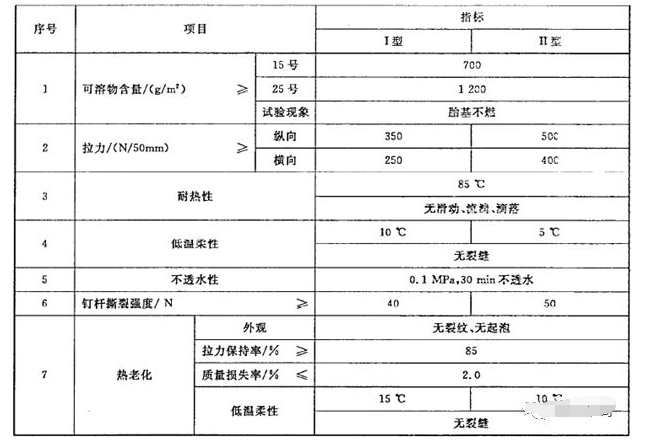
-type linoleum is suitable for auxiliary waterproofing, protective isolation layer, temporary building waterproofing, moisture-proofing and packaging, etc. Type III linoleum is suitable for multi-layer waterproofing in roofing projects.
2.1.2 Petroleum asphalt glass fiber tire waterproofing membrane
According to “Petroleum Asphalt Glass Fiber tire waterproofing membrane” (GB/T 14686-2008), the products are divided into No. 15 and No. 25 according to the mass per unit area; the products are divided into PE film, sand surface, etc. according to the upper surface material; the products are divided into I and II according to the mechanical properties type.
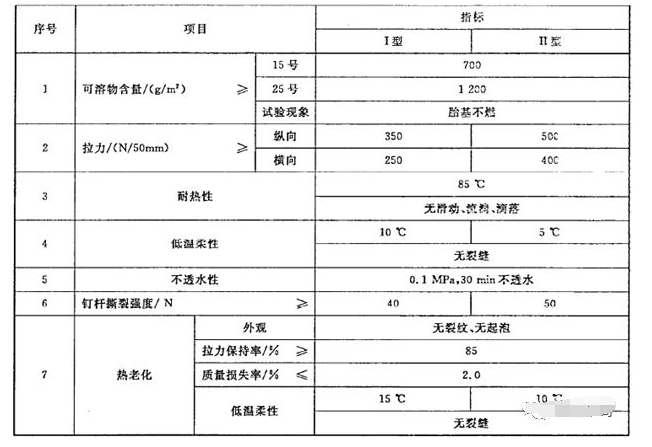
2.1.3 Aluminum foil-faced petroleum asphalt waterproofing membrane
Based on “Aluminum foil-faced petroleum asphalt waterproofing membrane” (JC/T 504-2007), the products can be divided into two grades: 30 and 40. The physical properties are as shown in the following table:
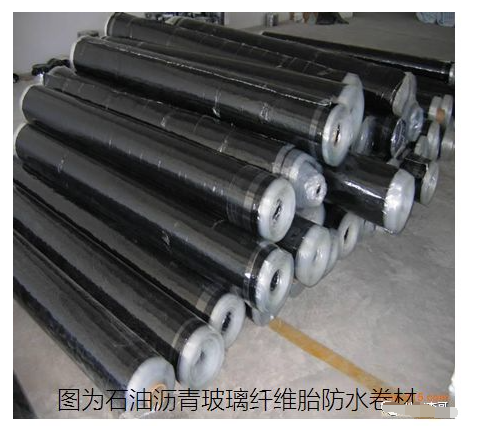
2.2 Polymer modified asphalt waterproofing membrane
Fiberglass cloth, polyester cloth, etc. or both A composite material is used as the tire base, polymer-modified asphalt is used as the impregnation coating, and the surface is covered with polyethylene film, aluminum foil, spun yarn, shale sheets and other covering materials. It is a sheet-shaped waterproof material made by impregnation or rolling. .
There are two series of polymer-modified asphalt waterproofing membranes: elastomer series and plastic body series.
The representative product of the elastomer series is SBS modified asphalt waterproofing membrane;
<�Features: Generally used with flexible waterproof materials to achieve the effect of combining rigidity and softness and complementing each other's advantages. The combination of rigidity and softness also plays a large role in building waterproofing projects.
Rigid waterproof materials have the following advantages:
①Have high compressive strength, And it has a certain degree of impermeability, which means it can be waterproof and can also be used as a load-bearing structure or enclosure structure.
② Excellent anti-freeze and anti-aging properties, with a service life of up to 20 years.
③When leakage occurs, it is easy to find the leakage point and repair it.
④ Most of the raw materials are inorganic materials, which are non-flammable, non-toxic, odorless and have certain breathability.
⑤ Low cost, simple construction, mature technology, rigid waterproofing can still be constructed when the base layer is wet.
Disadvantages of rigid waterproofing materials:
The biggest disadvantage of rigid waterproofing is its tensile strength Low, poor deformation resistance, often cracks in the waterproof layer due to dry shrinkage, foundation settlement, base vibration deformation, temperature differences and other factors. In addition, this type of material has a large self-weight, which increases the structural load.
4.1 Waterproof concrete
Can be divided into two categories: ordinary waterproof concrete and admixture waterproof concrete kind.
Ordinary waterproof concrete improves its compactness and impermeability requirements by adjusting the mix ratio.
Admixture waterproof concrete is to infiltrate appropriate amounts of different types of water-reducing agents, air-entraining agents and other admixtures into the concrete mixture to improve its impermeability. .
4.2 Waterproof mortar
Can be divided into ordinary waterproof mortar, admixture waterproof mortar and polymeric mortar There are three types of waterproof mortar.
Ordinary waterproof mortar improves the impermeability by adjusting the mix ratio.
Admixture waterproof mortar is a cement mortar mixed with inorganic salts or metal soap waterproofing agents accounting for 3% to 5% of the cement weight.
Polymer waterproof mortar is a certain amount of polymer (such as silicone, chloroprene latex, acrylic emulsion, etc.) mixed into cement mortar to make the mortar It has good impermeability, crack resistance and waterproof properties.

